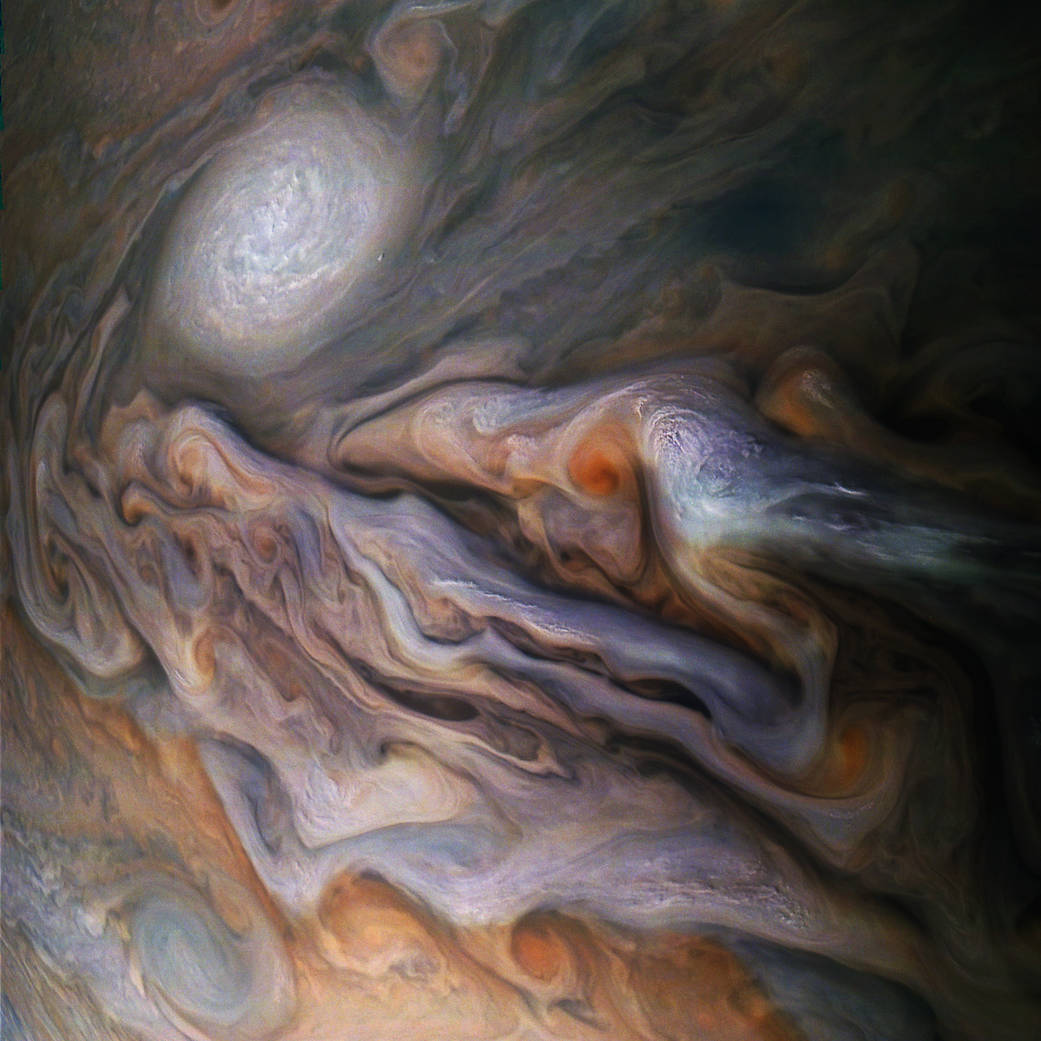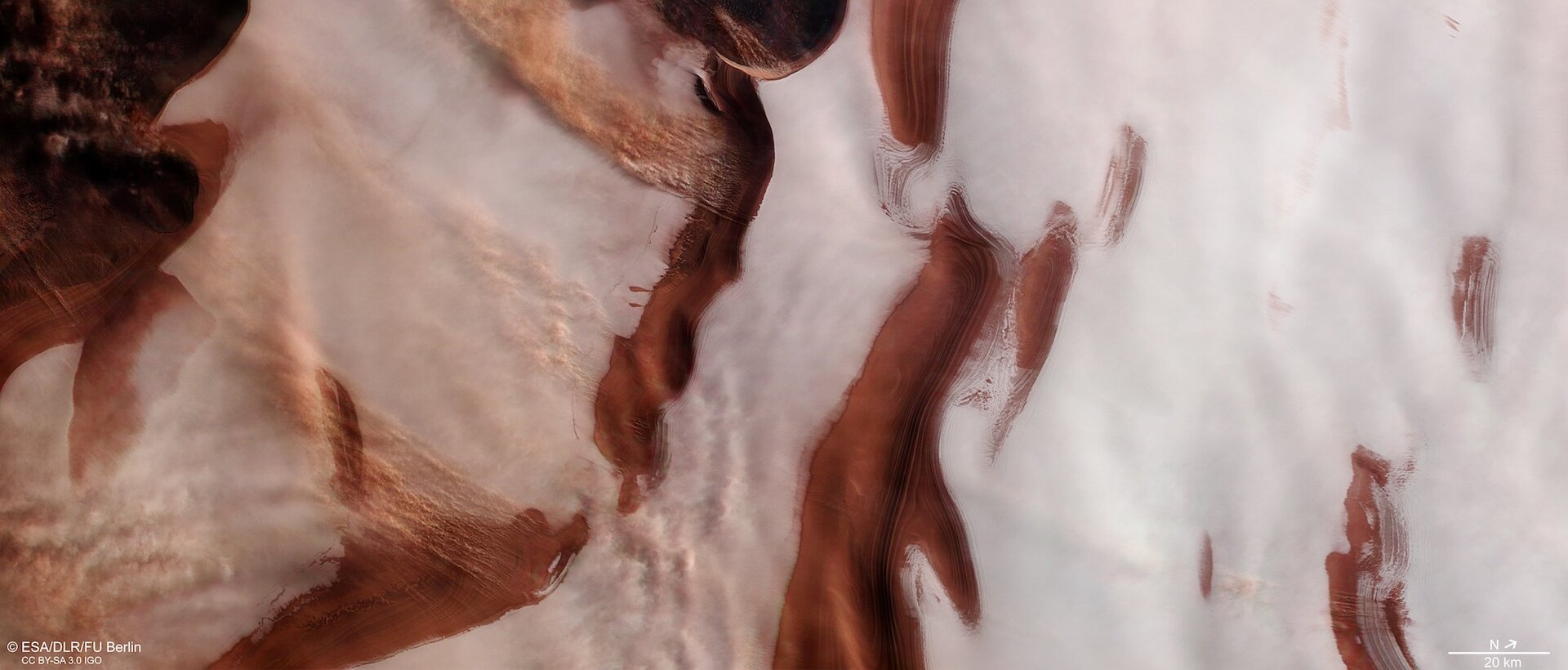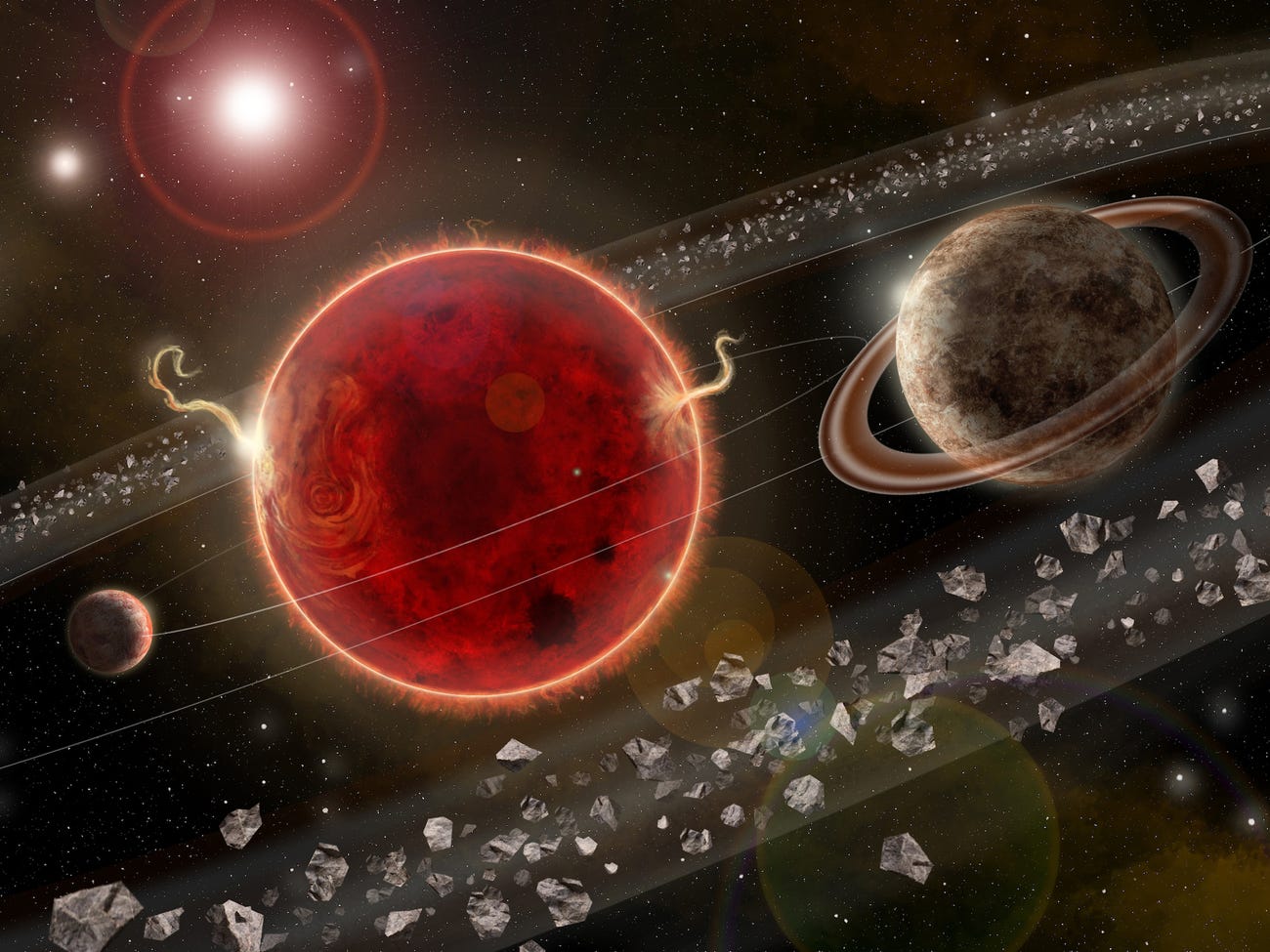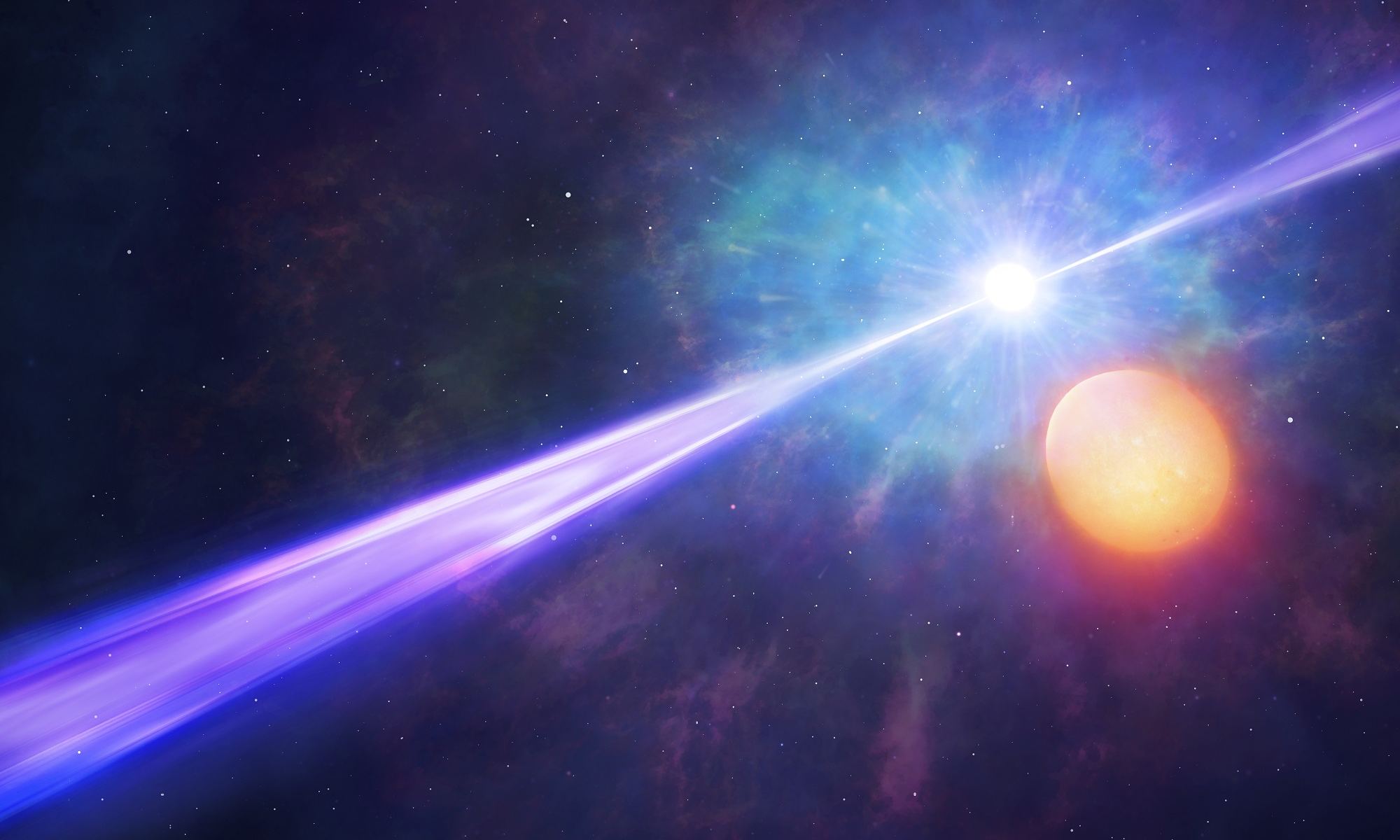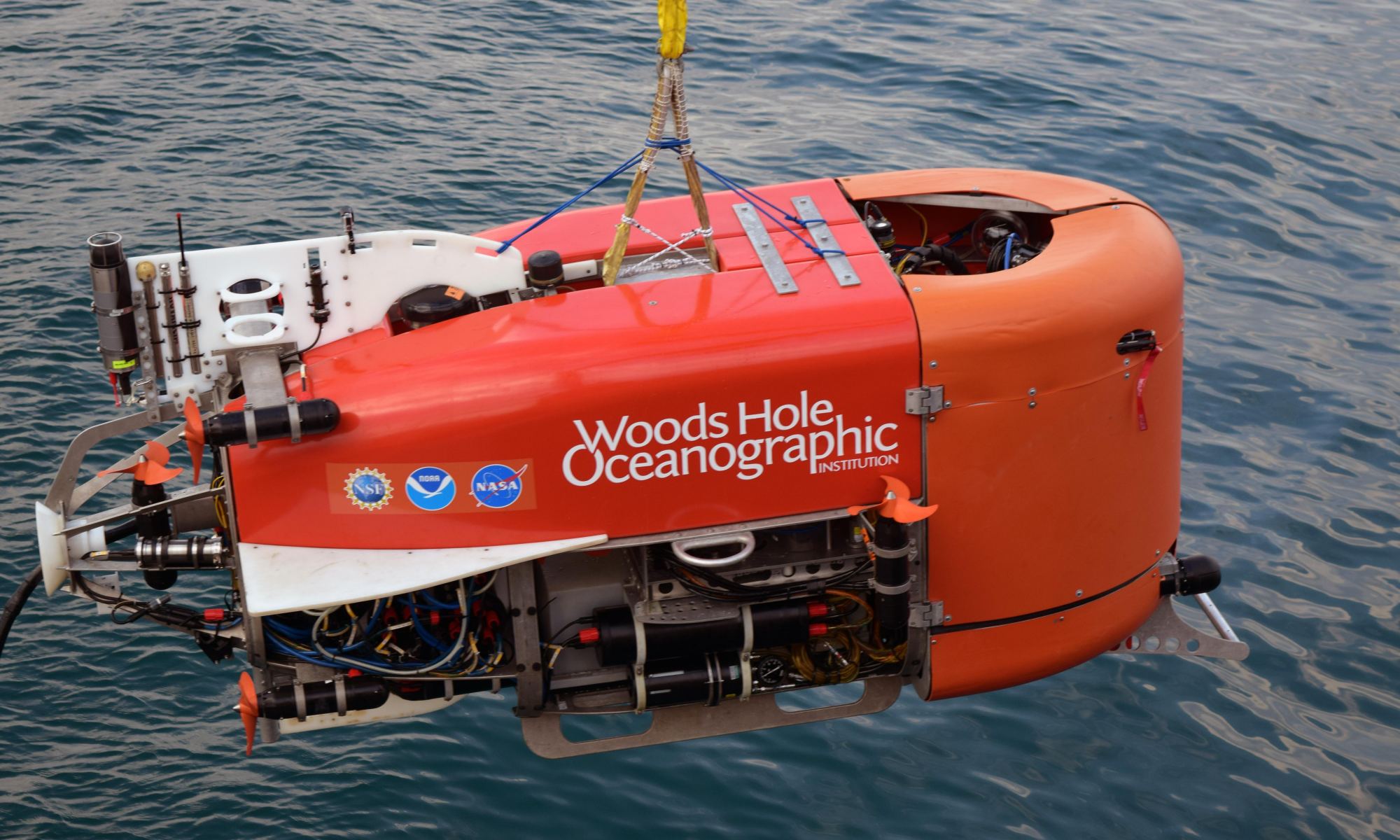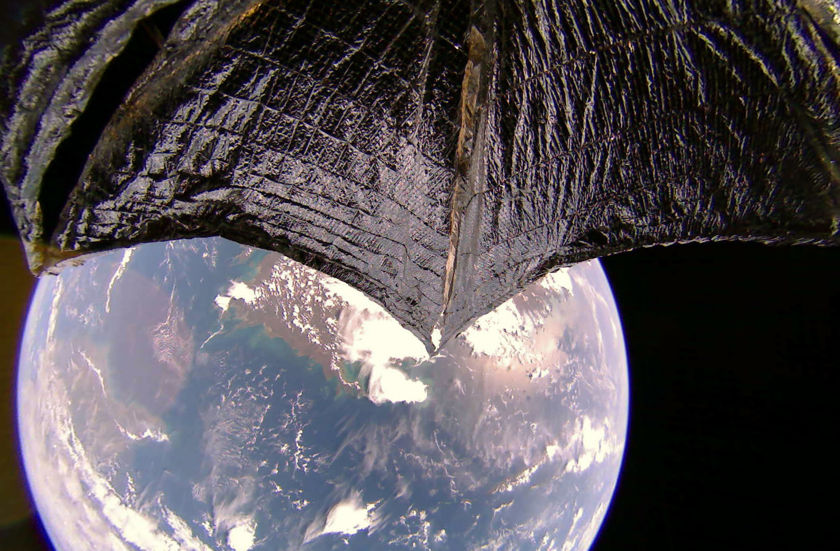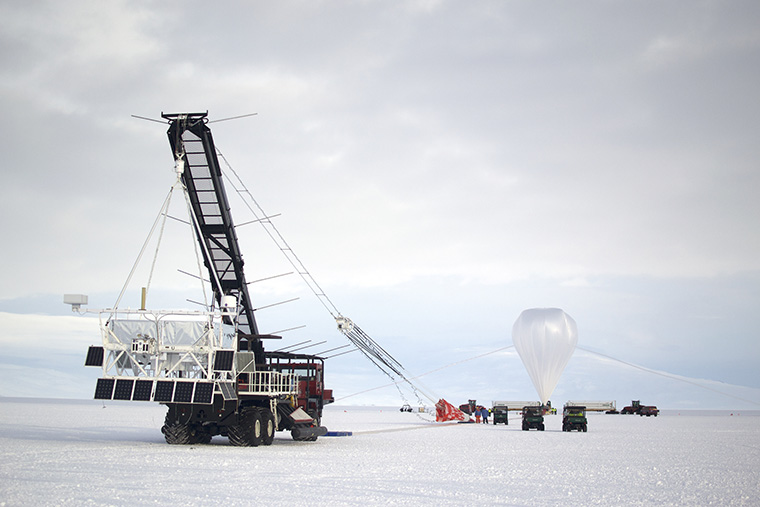For decades, scientists have been trying to figure out the minimum number of satellites that would be able to see every point on Earth. This question is motivated in part by the growing problem of space debris, but also by considerations of cost and efficiency. By the mid-1980s, researcher John E. Draim proposed a solution to this problem in a series of studies, claiming that a four-satellite constellation was all that was needed.
Unfortunately, his solution simply wasn’t practical at the time since a tremendous amount of propellant would be needed to keep the satellites in orbit. But thanks to a recent collaborative study, a team of researchers has found the right combination of factors to make a four-satellite constellation possible. Their findings could drive advances in telecommunication, navigation, and remote sensing while also reducing costs.
Continue reading “Scientists Figure Out How to Continuously Watch the Entire Planet With Just 4 Satellites”

